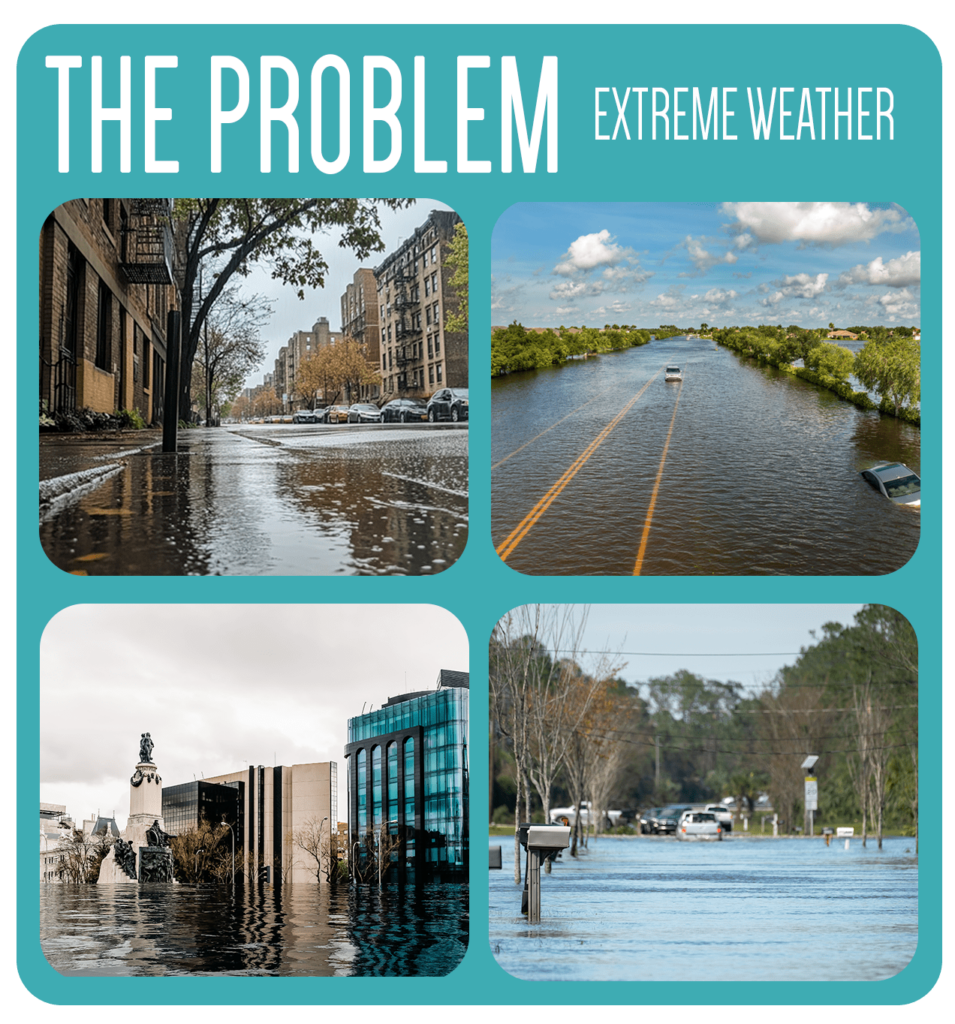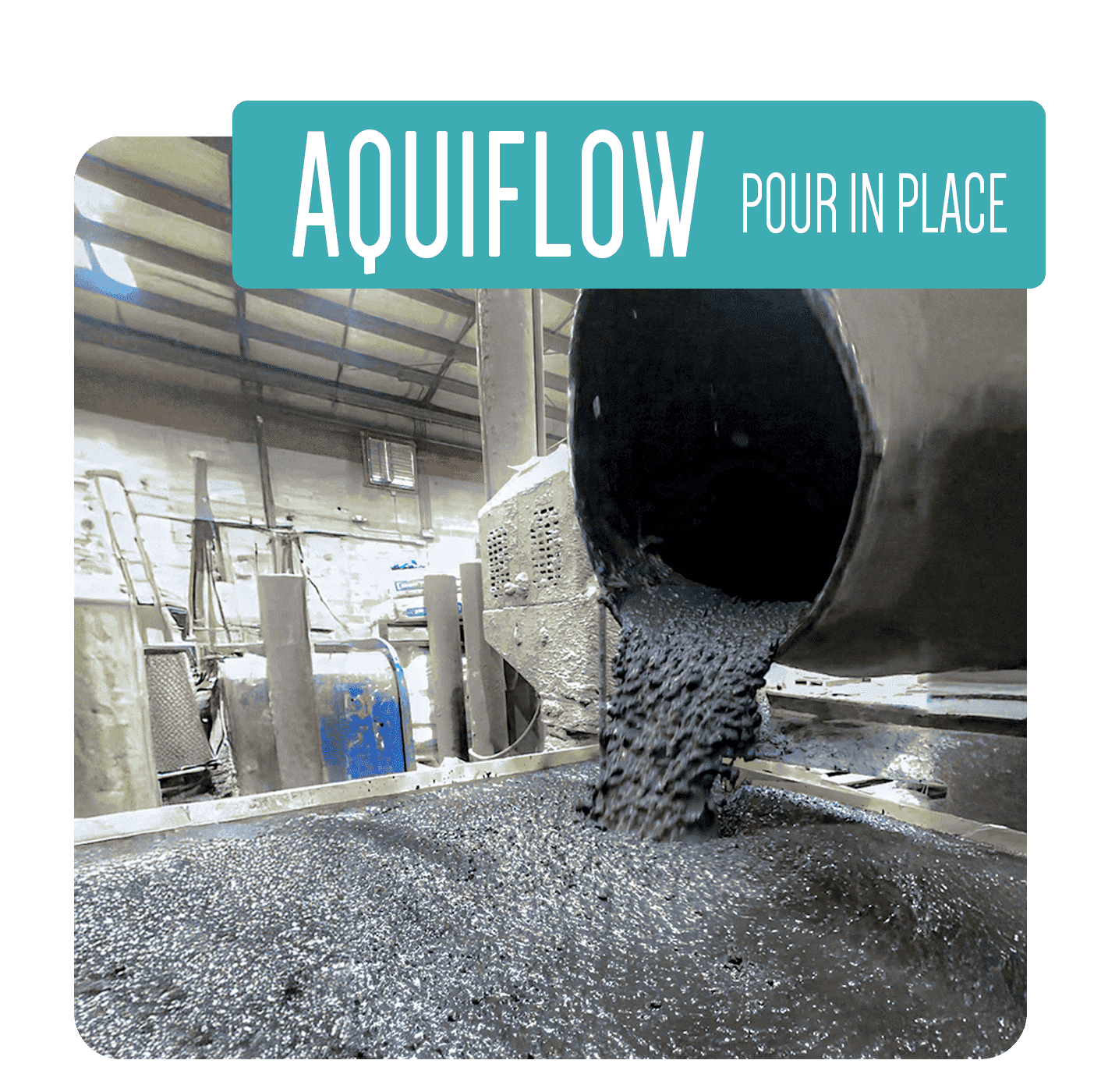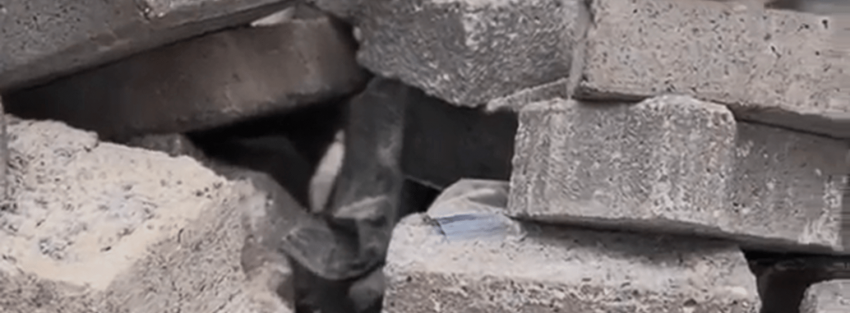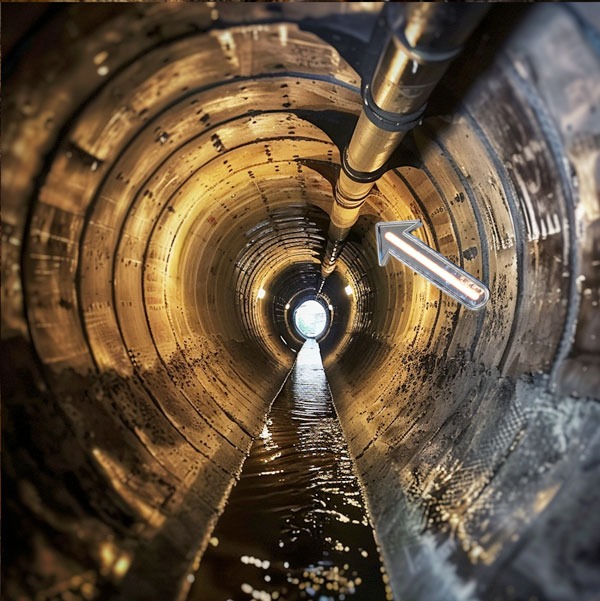AquiFlow is a proprietary aggregate that AquiPor has developed for use as an additive to concrete. Unlike other concrete ingredients, AquiFlow has some unique properties that make it a revolutionary change in concrete production. It allows concrete to act as a water filter - a porous material that can mitigate the effects of stormwater flooding and pollution, without a reduction in compressive strength.
This is huge for the industry. Concrete is the second most used substance on earth behind water, and is estimated to produce 8% of the total carbon footprint in the world. AquiFlow aggregate is a near net-zero additive, so replacing traditional ingredients with AquiFlow reduces that footprint, while simultaneously creating a porous, stronger than regular concrete and more climate resilient product.
Not only is AquiFlow all these things, it replaces other less effective concrete aggregates that are more expensive, do less, and are becoming harder to find. AquiPor’s tech will eventually reduce costs, be more eco-friendly AND help stop stormwater flooding and pollution that is only increasing as the climate changes and extreme weather continues to increase in size and scope.
This is why AquiPor Technologies is so rare in the world of material technologies. It checks off two huge needs of a multi-billion dollar industry by being eco-friendly and easily accessible and adoptable to the industry as it is right now.
Concrete hasn’t changed much since the times of the Romans, but we believe we have Concrete 2.0, and like all other inventions that shifted the paradigm, it just needs a spark to ignite the world over.
We need your help to build the capacity to create, install, test and sell this truly remarkable technology. Which is why we have a crowdfunding campaign with our partners at StartEngine, allowing everyday investors like you to become a part of a revolutionary technology for one of the biggest industries in the world.
While so-called climate experts wring their hands about fossil fuel vs. EV powered vehicles, it turns out that the biggest climate threat from vehicles comes from their tires.
According to a recent report, 78% percent of the microplastics in oceans come from synthetic tire rubber, all by way of stormwater runoff. Those microplastics end up in marine life, and ultimately end up in the seafood that humans consume.
Tire rubber contains more than 400 chemicals and compounds, many of them carcinogenic, and research is only beginning to show how widespread the problems from tire dust may be.

“Tire wear particles” are emitted continually as vehicles travel and they range in size from visible pieces of rubber or plastic to microparticles. It is estimated that tires generate 6 million tons of particles a year, of which 200,000 tons end up in oceans.
The silver lining is that scientists studying the pollutants in stormwater runoff have found that green infrastructure solutions such as rain gardens could prevent more than 90 percent of tire particulates from entering our waterways.

AquiPor’s technology is being developed to accomplish the same thing, but at a much larger scale, by capturing and filtering runoff through our permeable system right within the urban landscape.
As we begin our water quality and filtration testing of our permeable concrete, we’ll keep you close to these developments!
At AquiPor, we believe that climate change is mostly a water issue. One of the most significant impacts of a warming atmosphere is the effect that it’s having on precipitation. The amount of water that a region gets and when it gets that water has become more and more unpredictable. This can mean too much water (flooding) in some regions, and not nearly enough (drought) in others. And even in drought-stricken areas, when precipitation does come, it can be volatile and sudden.
Extreme rain events, outdated infrastructure, and the vast amount of impervious surfaces in our cities all factor into the alarming levels of runoff pollution and urban flooding that communities now have to contend with.
At AquiPor, we’ve developed our permeable concrete technology to take the place of traditional paved surfaces to help manage stormwater, reduce pollution from runoff, and help mitigate flooding in cities and towns alike. Here are five ways that AquiPor can help make our communities more resilient to climate change:
- AquiPor’s permeable concrete manages stormwater right where it falls by allowing rain to flow through the material and naturally soak back into the ground. Instead of relying on inadequate gray infrastructure (underground pipes, tanks, and conveyance systems), which gets overwhelmed in big rain events, AquiPor captures and filters stormwater where it falls, getting precious rainfall back into the ground naturally. This is especially important for regions experiencing historic drought such as in California, where record amounts of precipitation were wasted due to inadequate infrastructure.
2. AquiPor makes it easier for cities to deal with water pollution. It’s estimated that over 10 TRILLION GALLONS of untreated stormwater, wastewater, and sewage gets discharged into clean water bodies every year. This is due to the vast amount of impervious concrete and asphalt surfaces in cities, the amount of runoff these surfaces generate, and the outdated nature of gray infrastructure systems that are ill-equipped to deal with large volumes of runoff.
When it rains, stormwater that should naturally soak into soils and recharge groundwater instead becomes polluted runoff as soon as it hits the pavement. Much of this polluted runoff ends up in nearby water bodies.
By replacing traditional pavements with AquiPor’s permeable concrete, stormwater can now flow through the concrete and back into the ground. Due to the tiny pore size of AquiPor concrete, it can even filter out the majority of dirt, debris, and pollutants found in stormwater.
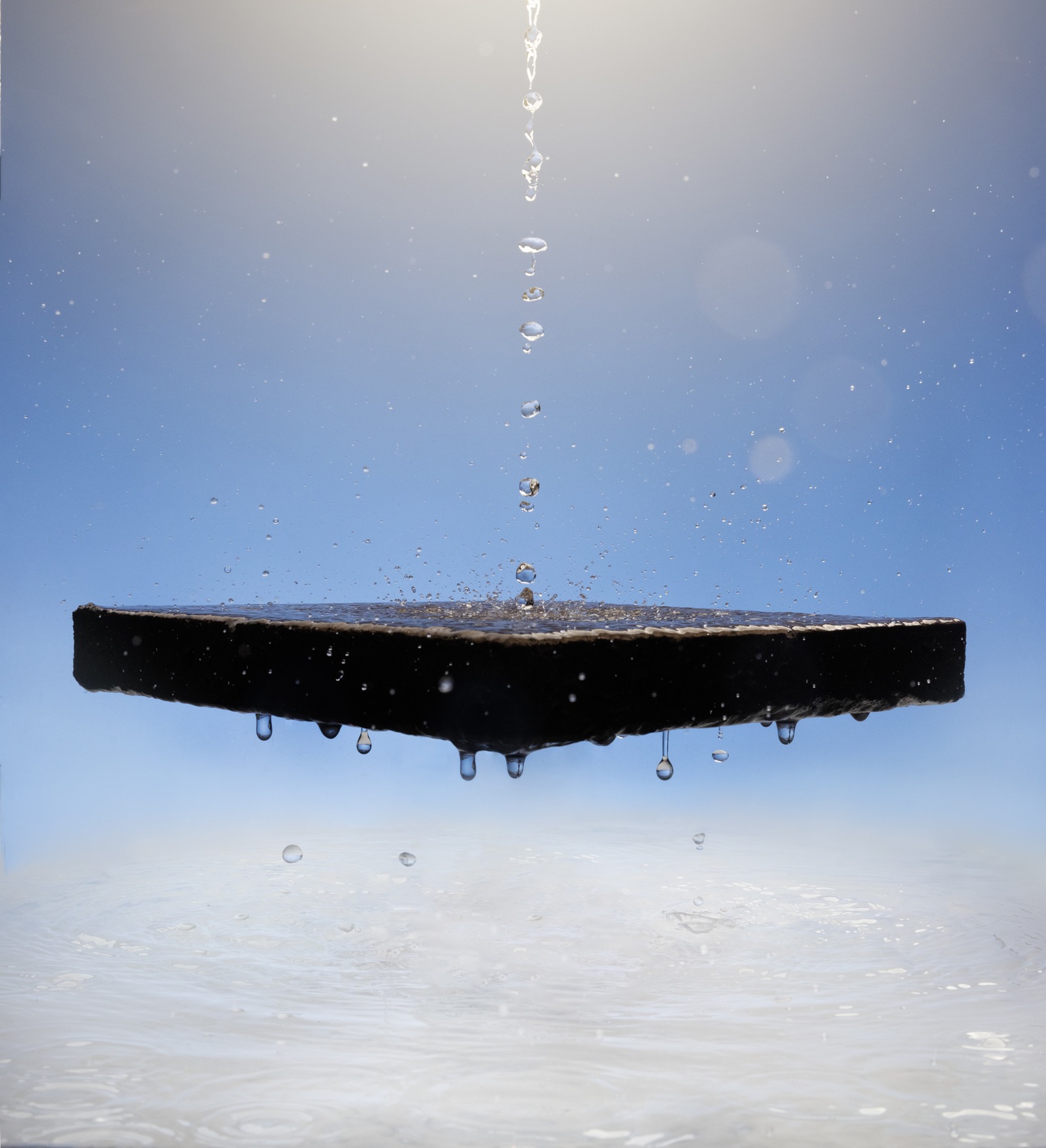
3. AquiPor’s product has an inherently low CO2 footprint. Cement and concrete production is responsible for 8% of the world’s CO2 emissions each year. In addition to AquiPor’s ability to manage stormwater and mitigate flooding, our concrete is produced in an entirely new way and does not use normal cement in the process. Instead, we use a combination of industrial minerals and without the need for cement plants, our process has an extremely low CO2 footprint when compared to normal concrete.
4. AquiPor uses recycled materials. Instead of relying on pollutive cements and additives, our concrete uses a proprietary mix of industrial minerals and “leftovers” from other industries.
5. AquiPor’s concrete is precast, making it easy and efficient to install. Precast concrete has a myriad of advantages, including uniformity, saving time, and improved quality control. Precast concrete is manufactured offsite in a covered environment which means it isn’t weather dependent, and it enables just in time delivery for jobs. It also allows for a cleaner, safer construction site.
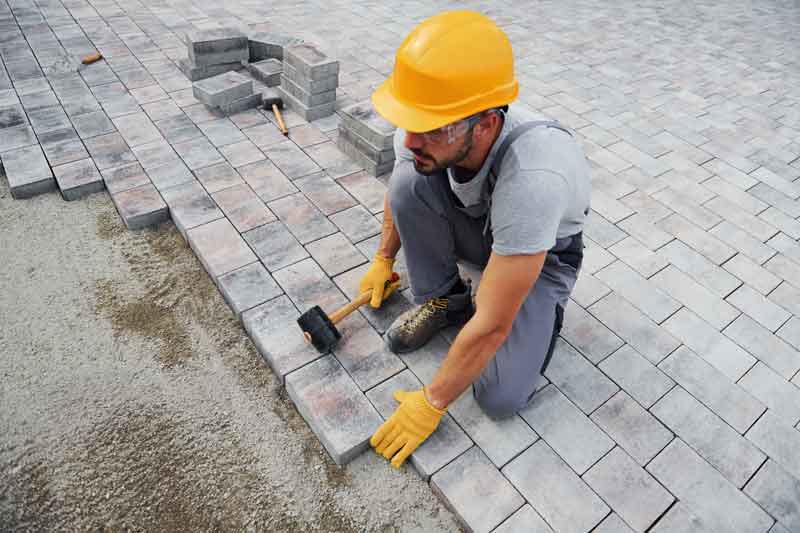
These are just a few of the ways that AquiPor’s permeable concrete technology can make communities more resilient in the face of climate change. Where can this technology make the biggest impact in your community?
